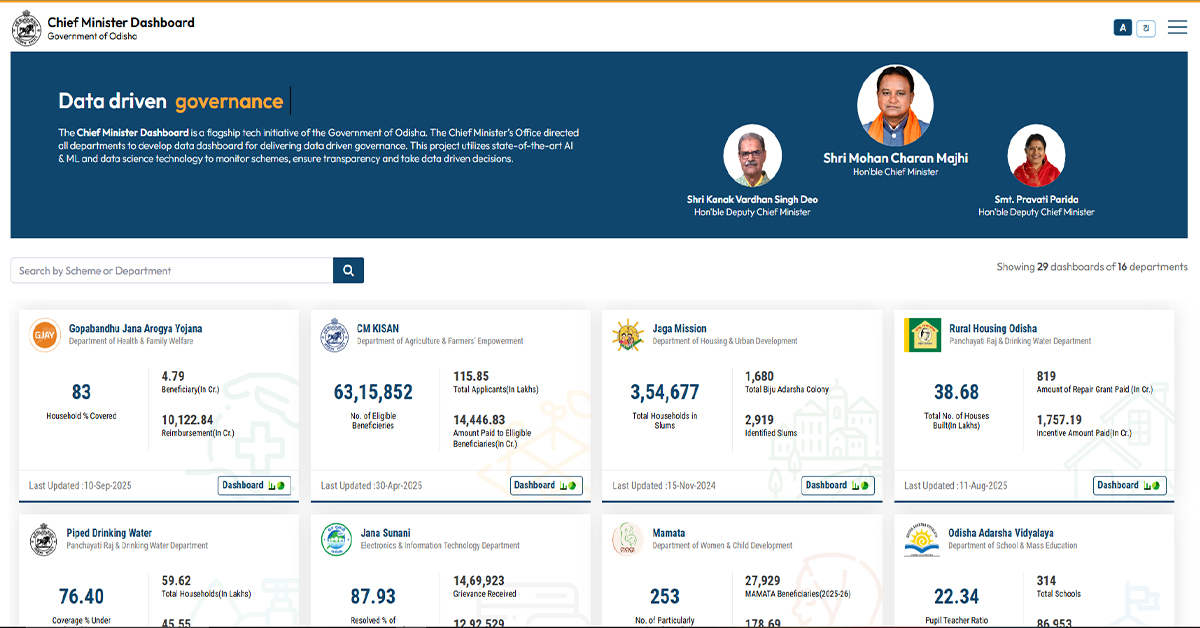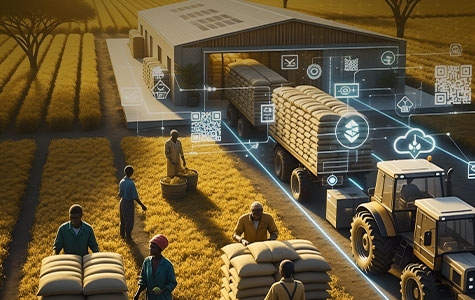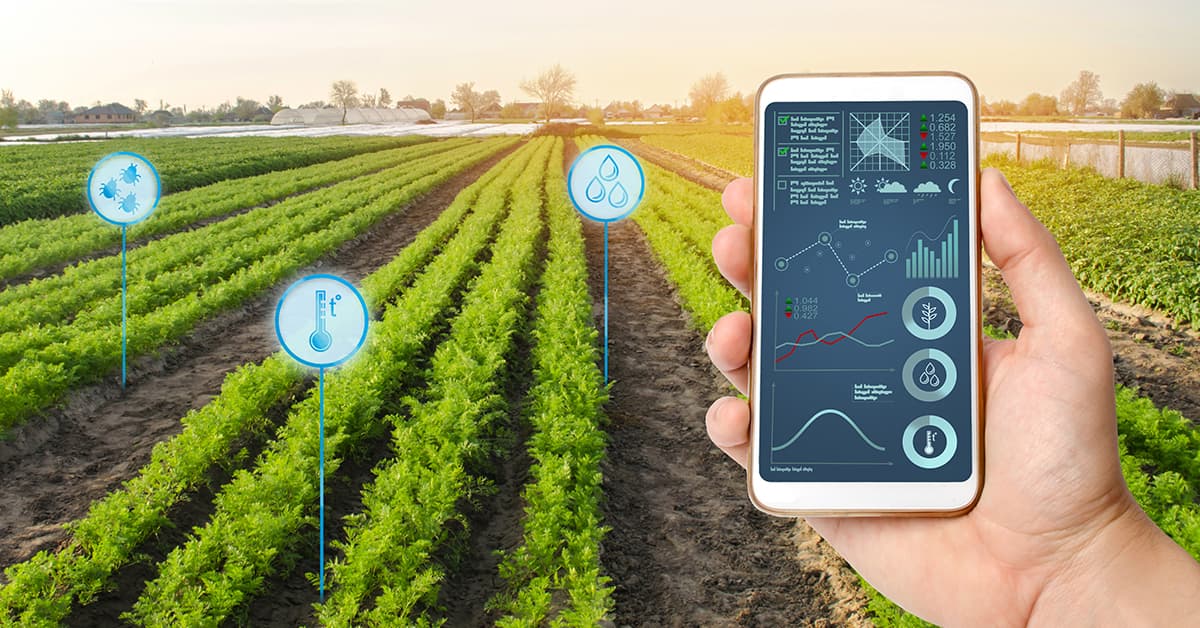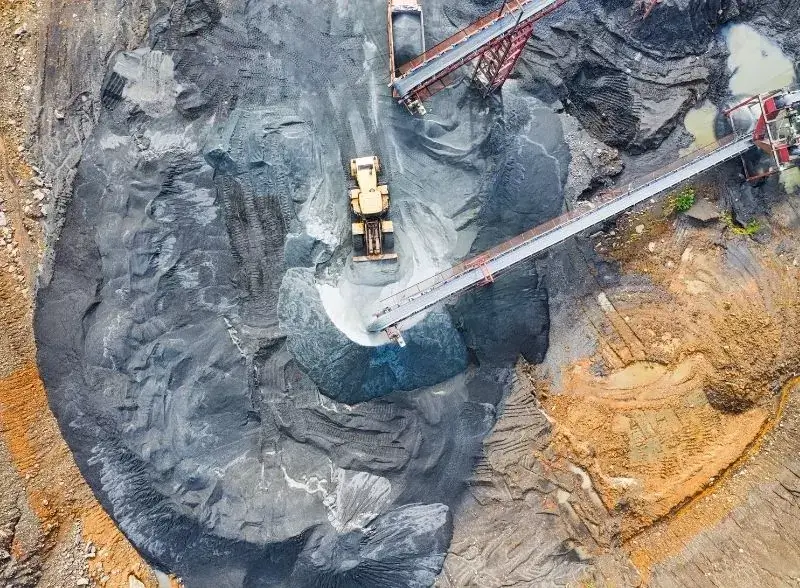Imagine if a state dashboard were less like a rear-view mirror and more like a GPS with predictive capabilities. Instead of simply telling us where we have been, it would anticipate roadblocks, suggest alternate routes, and even advise when to hit the brakes. That’s the promise of reimagining state dashboards as dynamic decision engines - a shift from static reporting to proactive, intelligent governance.
For years, governments have relied on dashboards as transparency tools, surfacing metrics on healthcare, education, transport, or public safety. They have been vital for accountability, but limited in power, telling us what happened, rarely why it happened, and almost never what to do next. The real opportunity lies in transforming these dashboards into engines of decision intelligence that empower policymakers, administrators, and citizens alike.

From Passive Screens to Predictive Engines
Traditional dashboards resemble digital noticeboards - useful for displaying numbers but mute when asked for meaning. A dynamic decision engine, powered by AI, ML, and real-time data streams, flips this paradigm. It doesn’t just display information; it thinks with you.
Take predictive analytics: ML algorithms can forecast disease outbreaks by analyzing patient data, weather patterns, and even social media sentiment. Anomaly detection can flag early signs of welfare fraud or supply chain disruptions before they spiral into crises. And with “what-if” simulations, leaders can evaluate policy decisions like chess players - several moves ahead, weighing the cost of every scenario.
This isn’t science fiction. During COVID-19, Odisha’s AI-enabled dashboards tracked hospital beds and migrant influx in real time, saving thousands of lives. In Rio de Janeiro, Integrated Command & Control Centers already reroute traffic dynamically, reducing congestion and emissions. These cases prove that decision intelligence isn’t an aspiration; it’s an imperative.
Building the Smart Decision Engine
A decision engine is only as good as its foundation. States must first break down data silos, integrating feeds from IoT sensors, weather forecasts, tax filings, and citizen services into one cohesive ecosystem. Think of it as weaving disparate threads into a single tapestry of governance.
The next layer is AI and machine learning: algorithms that see patterns invisible to human eyes. Natural Language Processing (NLP) adds accessibility. Finally, user-centric design ensures that decision engines serve their audiences. A finance secretary may need a strategic overview, while a district officer requires hyper-local operational alerts. Designing for roles, not just for data, is key.

Benefits Across the Ecosystem
For Government Officials: Dynamic decision engines transform leaders from data consumers to strategic orchestrators. They receive proactive alerts about emerging issues, enabling preemptive action rather than crisis management. The UK's HM Revenue and Customs exemplifies this, using advanced analytics to detect tax evasion patterns and prevent revenue loss before it occurs.
For Citizens: Transparency evolves from static data publication to interactive engagement. Citizens can query government systems directly, understanding not just what's happening but why decisions are made. This builds trust through explainability - a critical component often missing in traditional governance.
For Technology Partners: The shift creates unprecedented opportunities for innovation in Govtech. Companies that once built static reporting tools now architect intelligent systems that learn, adapt, and evolve with governmental needs.
Why States Trust CSM Tech to Turn Complex Data into Clear Decisions?
At CSM Tech, we believe that state dashboards are no longer mere reporting tools - they are dynamic decision engines powering the next era of governance. Governments generate massive volumes of data every day, but the real challenge lies in converting this complexity into actionable intelligence. This is where CSM Tech has consistently delivered impact by combining advanced analytics, AI-driven insights, and intuitive visualization to drive proactive, transparent, and accountable governance.

Our State Dashboard exemplifies this transformation - an interoperable, seamless platform built on SAS and Tableau that empowers leaders with real-time intelligence across multiple sectors. From predicting mining revenues with 98% accuracy in Odisha to building COVID-19 dashboards for Odisha and Bihar that enabled life-saving decisions during the pandemic, CSM has repeatedly demonstrated how predictive analytics translates into optimized resources, reduced risks, and improved citizen outcomes.
Equally transformative is the Atal Monitoring Portal (AMP) for Chhattisgarh, which goes beyond visualization to instill accountability through its unique 30:70 performance model, ensuring data quality is as important as performance. By ranking schemes and districts monthly, AMP fosters discipline, motivates departments, and ensures flagship priorities never lose focus.
At CSM Tech, we don’t just build dashboards. We architect decision intelligence systems that help governments govern smarter, faster, and more transparently.
Beyond Dashboards: Towards Decision Intelligence
Reimagining dashboards as decision engines is not merely a technological upgrade; it’s a strategic leap in governance. It shifts governments from narrators of yesterday to navigators of tomorrow. Done right, these engines can help states allocate resources more wisely, respond to crises faster, and build citizen trust at scale.
The question is no longer whether governments can afford to build dynamic decision engines. It is whether they can afford not to.










































We will verify and publish your comment soon.